Ride with Wind
A playful experience for Lego House outdoor zone
2022
Individual
Collaboration: Lego House, Denmark
Keywords: learning through play, play with nature, 3D modelling, aerodynamic
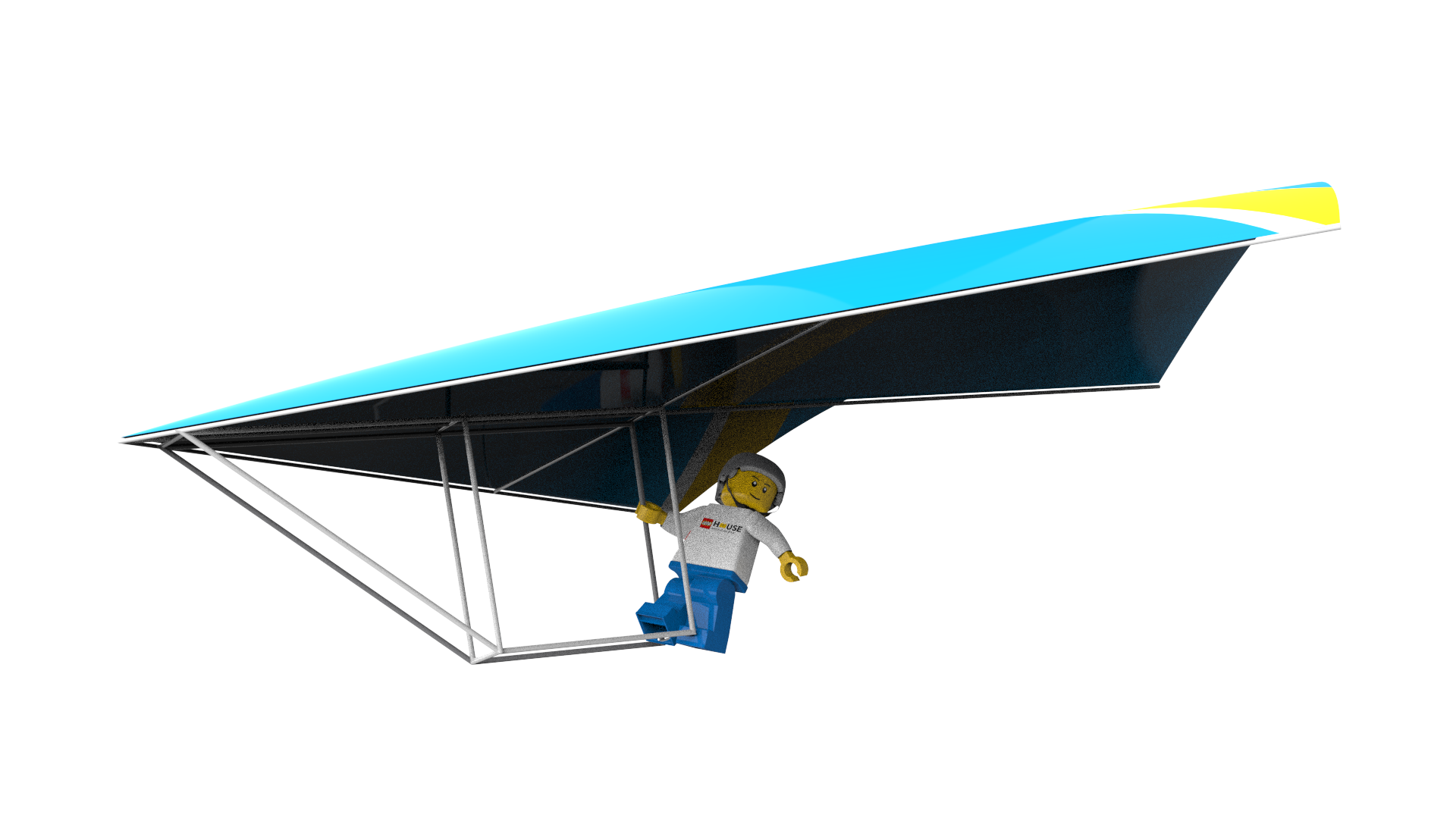

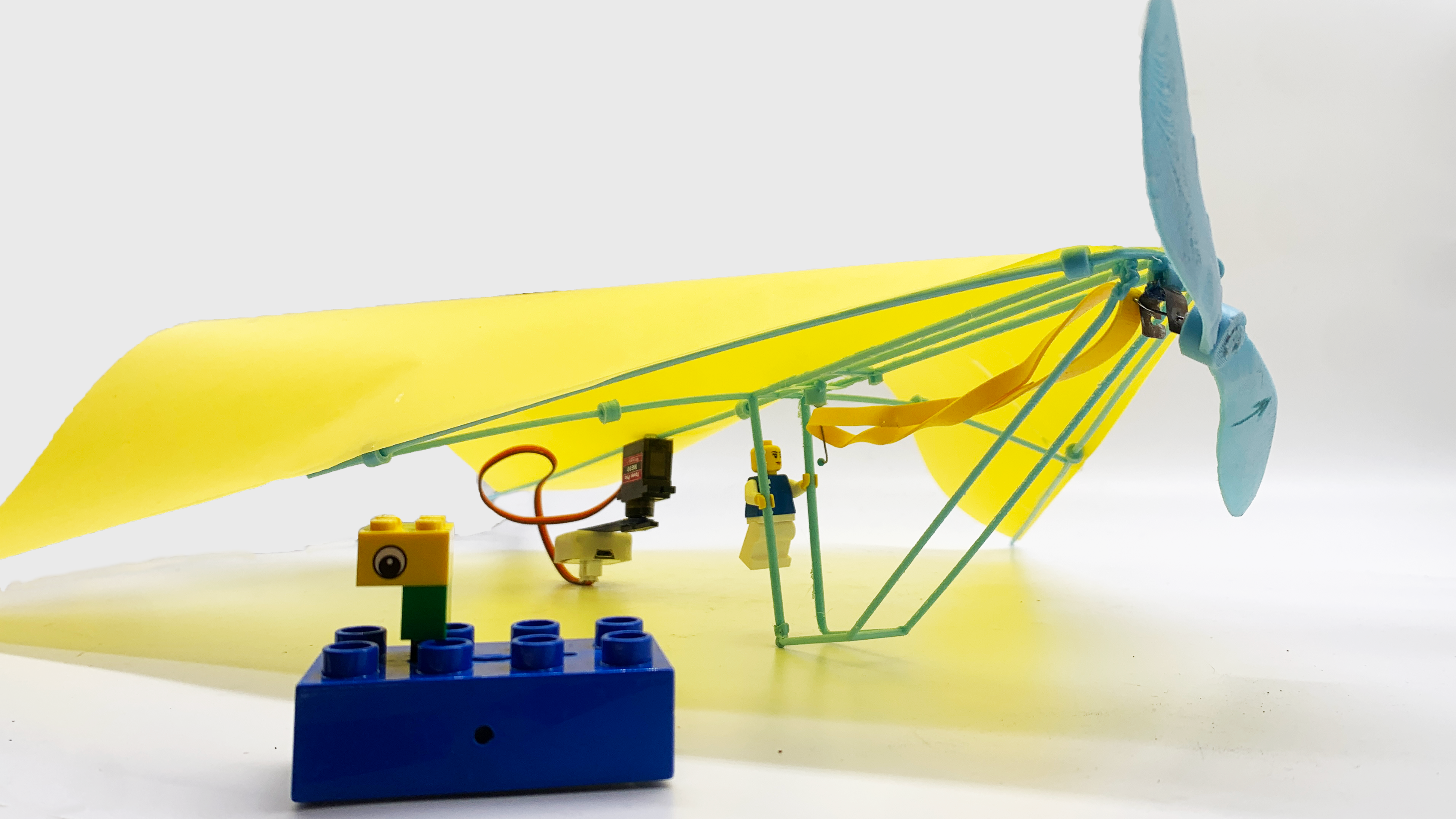
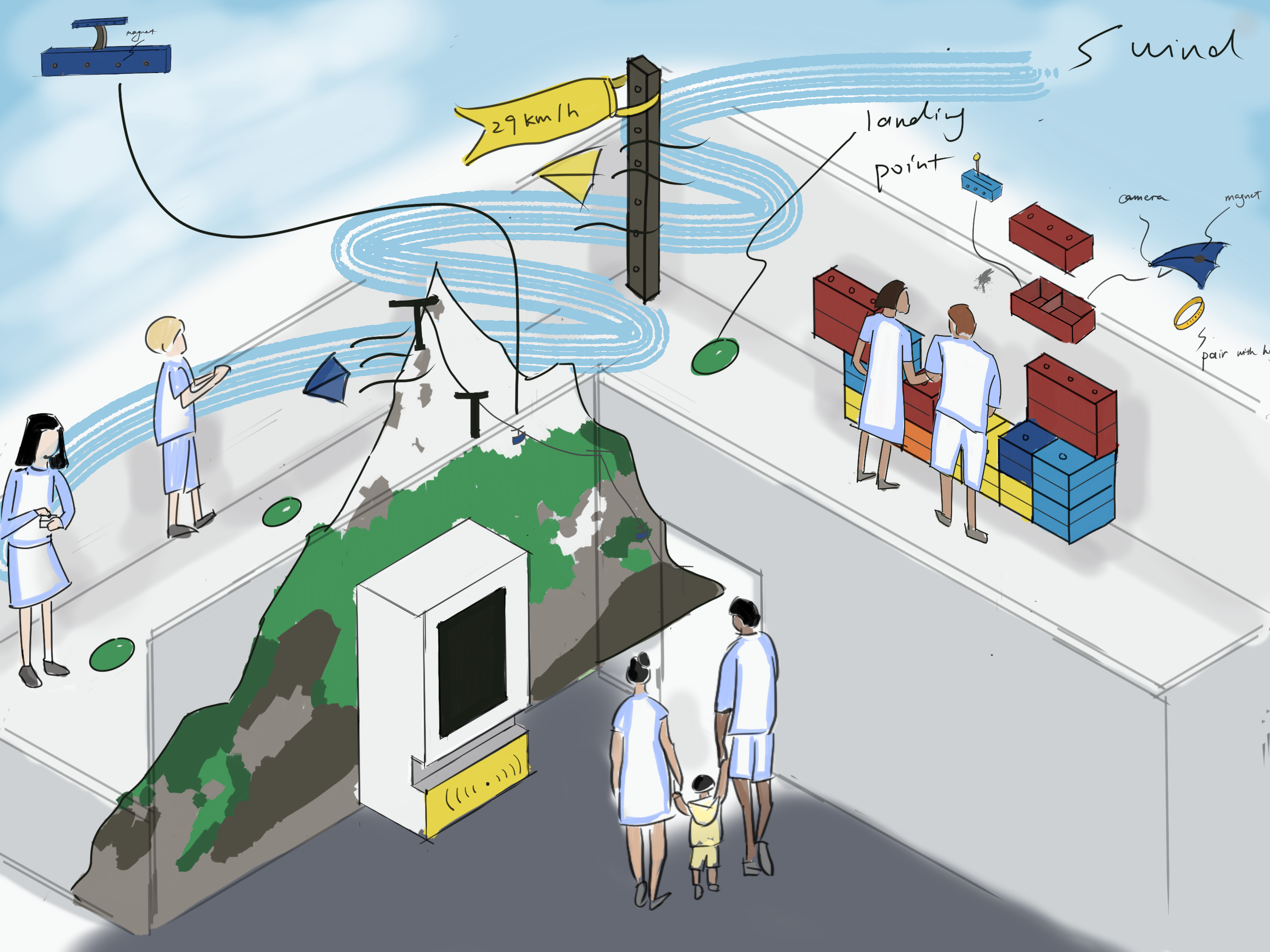
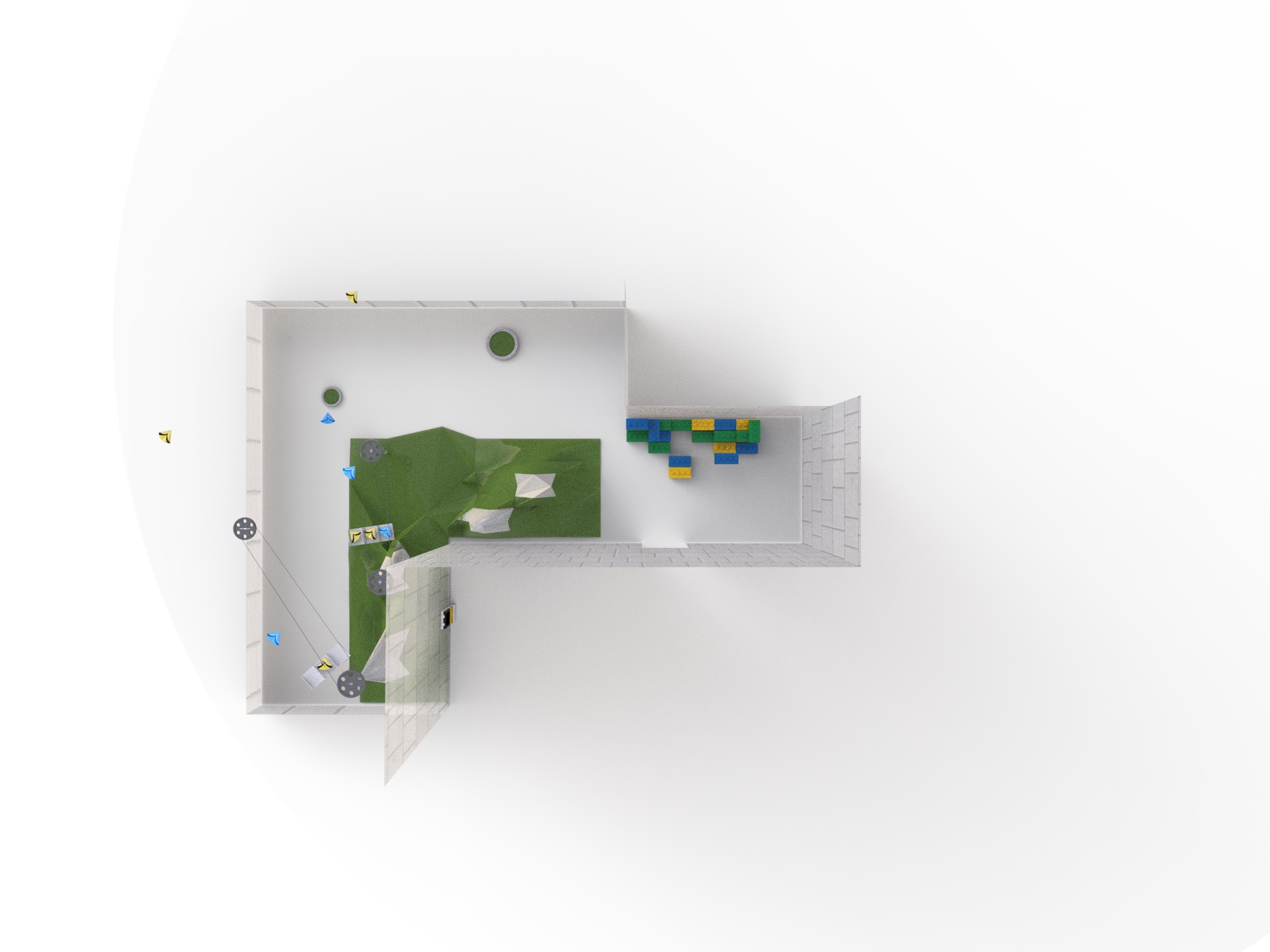
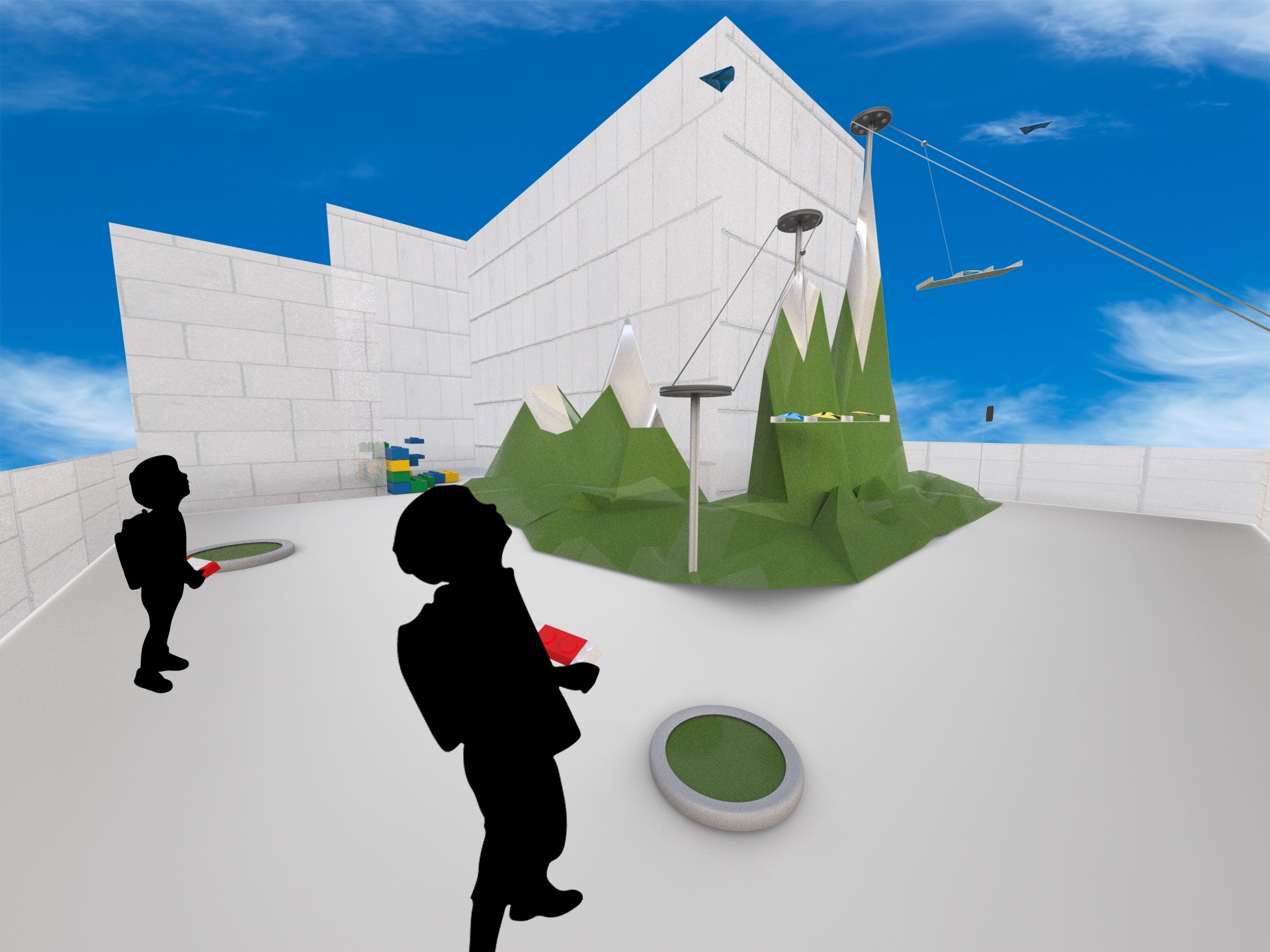
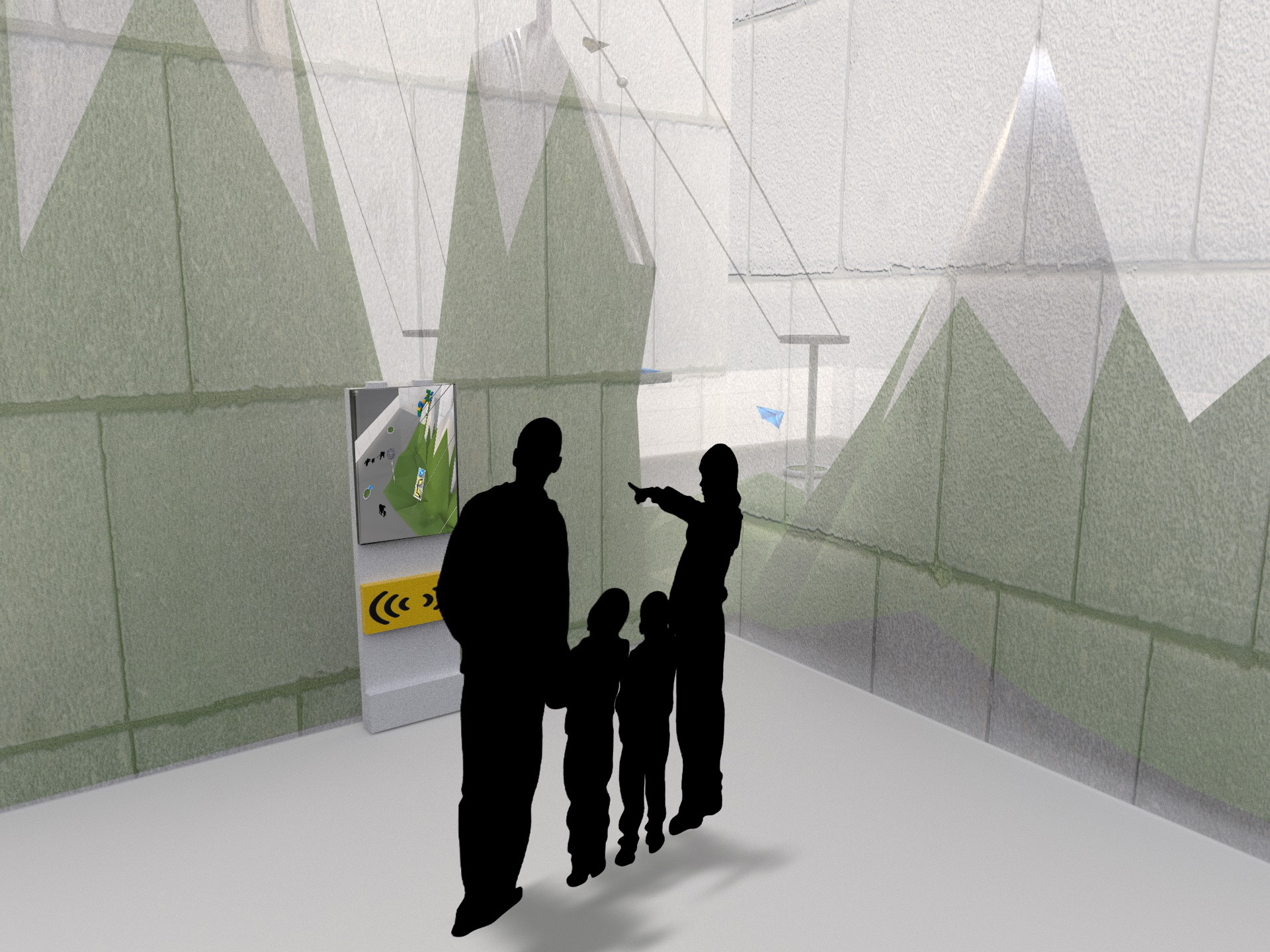
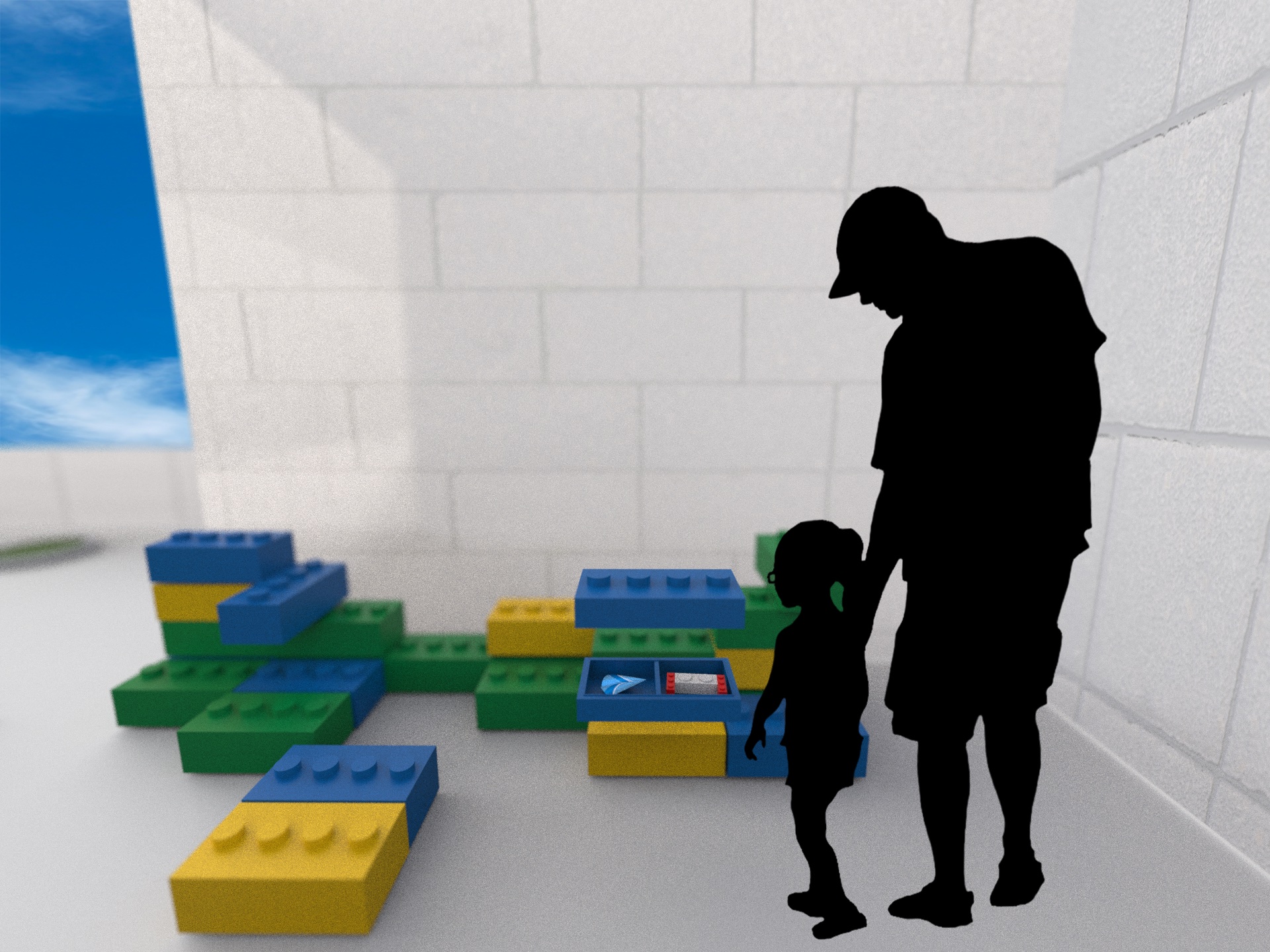
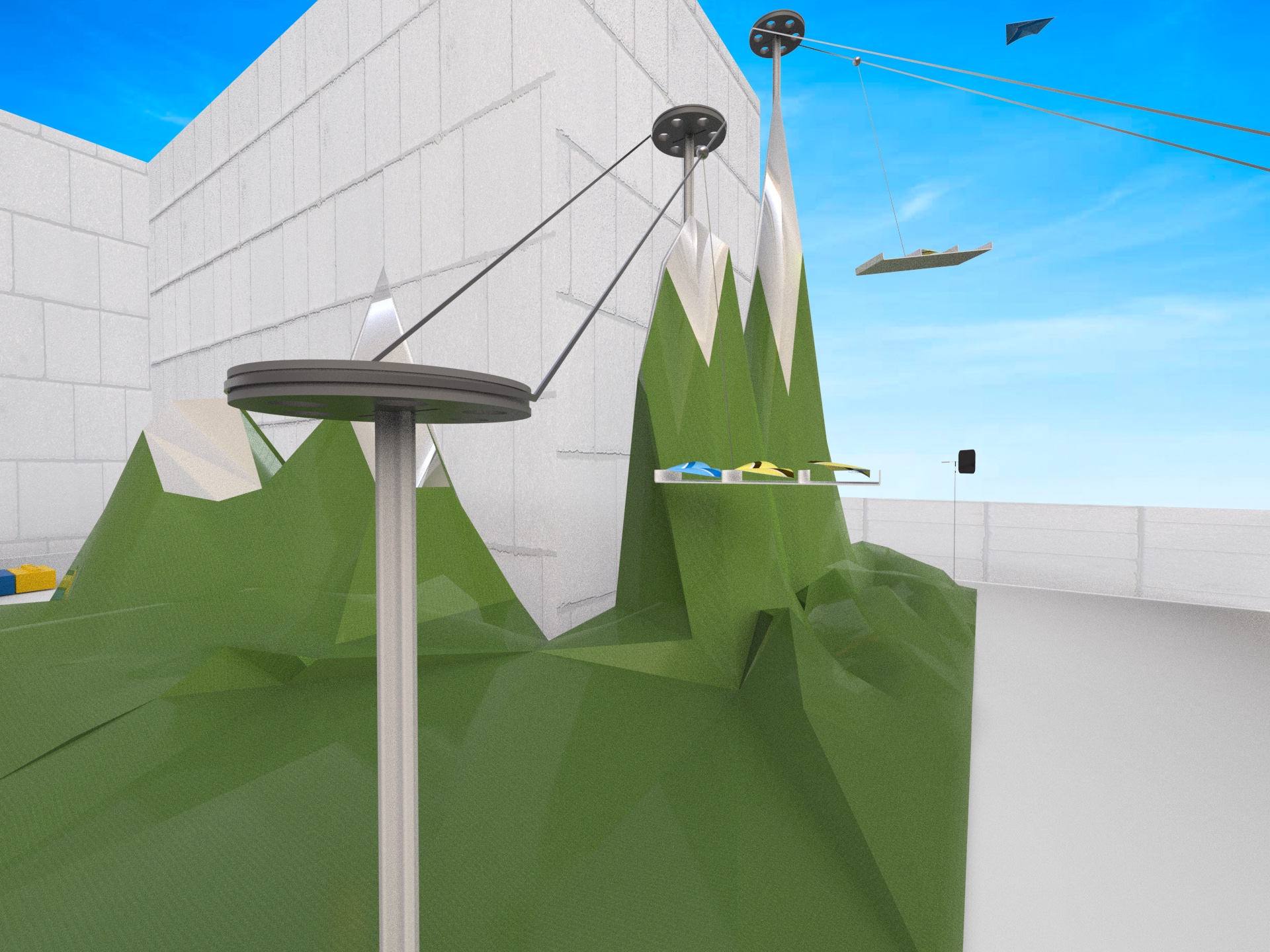
Introduction
After a field trip to Lego House in Billund, Denmark, I chose their physical outdoor zone because I am interested in outdoor play, and also Lego house's outdoor zone was under development.
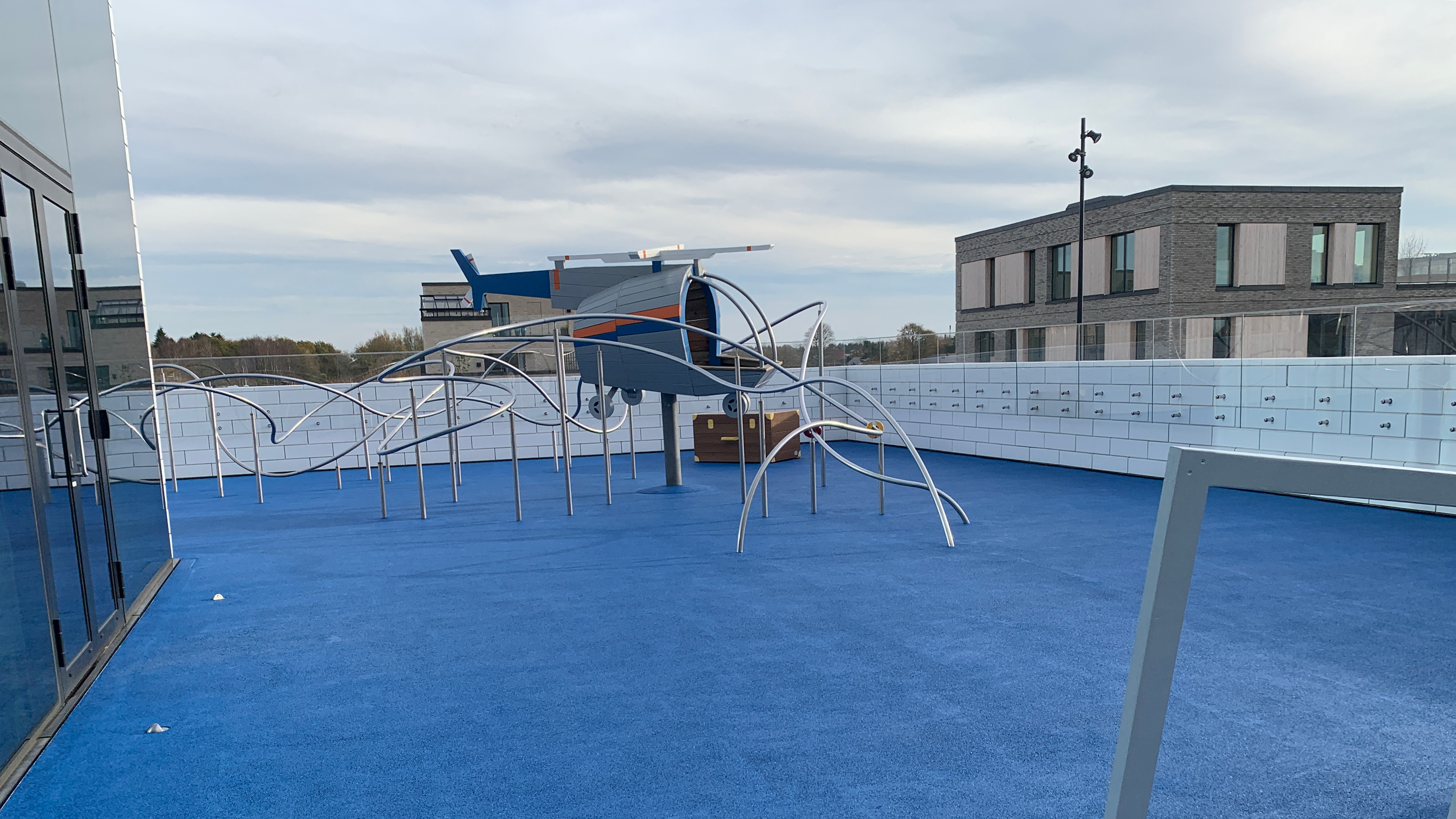 The outdoor zone I chose
The outdoor zone I choseDesign Ideas
Play with Contrast: a play experience activated by bad weather
In Billund, the rain and wind are very common. I want to design a play experience that turns the negative weather to positivity and implicitly teaches children shift the way of thinking.
Can we play when it is rainy?
 A canvas, constructed of special lego bricks, plays music when hit by the rain flow
A canvas, constructed of special lego bricks, plays music when hit by the rain flowCan we play when it is windy?
 A game to compete for the highest score of parachute landing your minifigure
A game to compete for the highest score of parachute landing your minifigurePlay Theory: Learning through Play
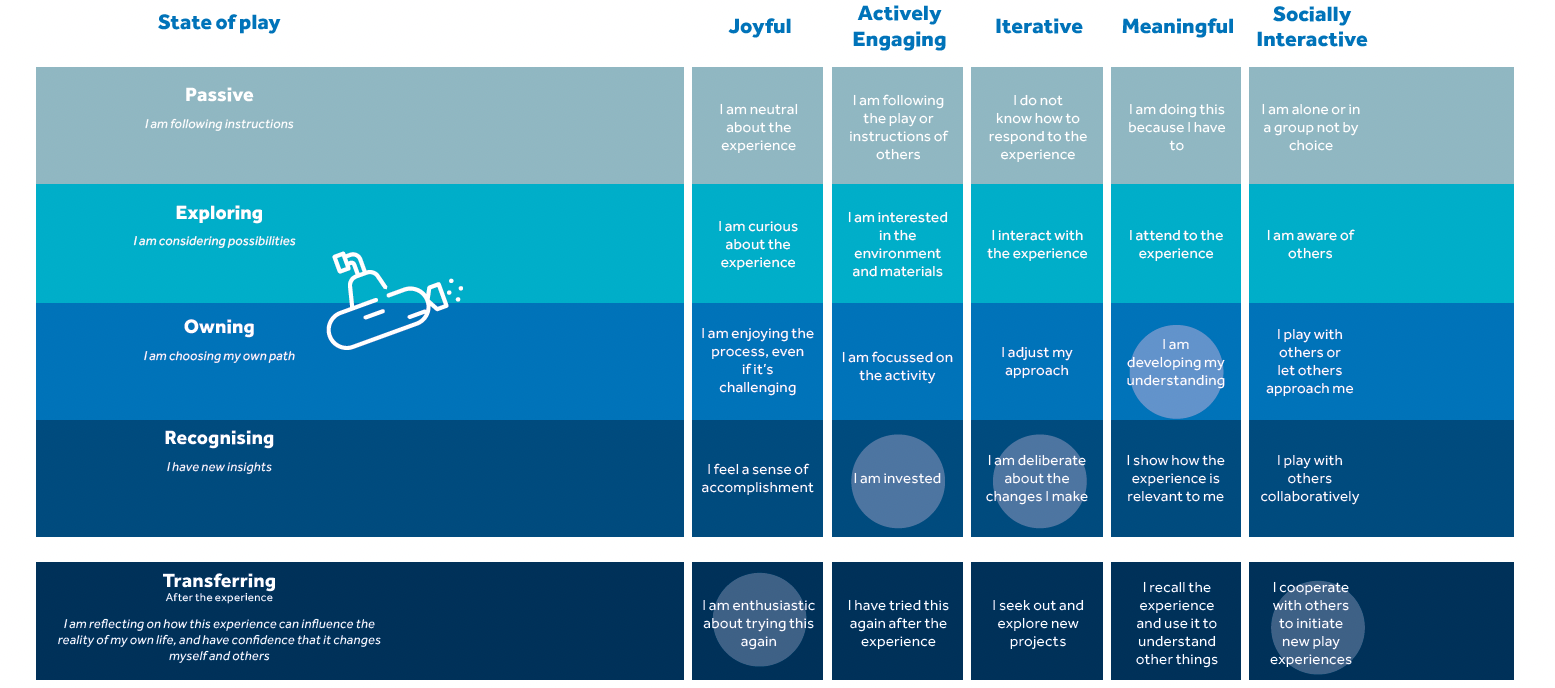 Expected behaviour coding with learning through play tool from Lego Foundation
Expected behaviour coding with learning through play tool from Lego FoundationAfter discussion with designers from Lego House and Lego Foudndation, I decided on the wind concept because of its uniqueness and better expected playful learning outcome. The children are expected to be "I am enthusiastic about trying this again", "I am invested", "I am deliberate about the changes i make", "I am developing my own understanding" and "I cooperate with others to initiate new play experience".
Play Theory: Playful Tension
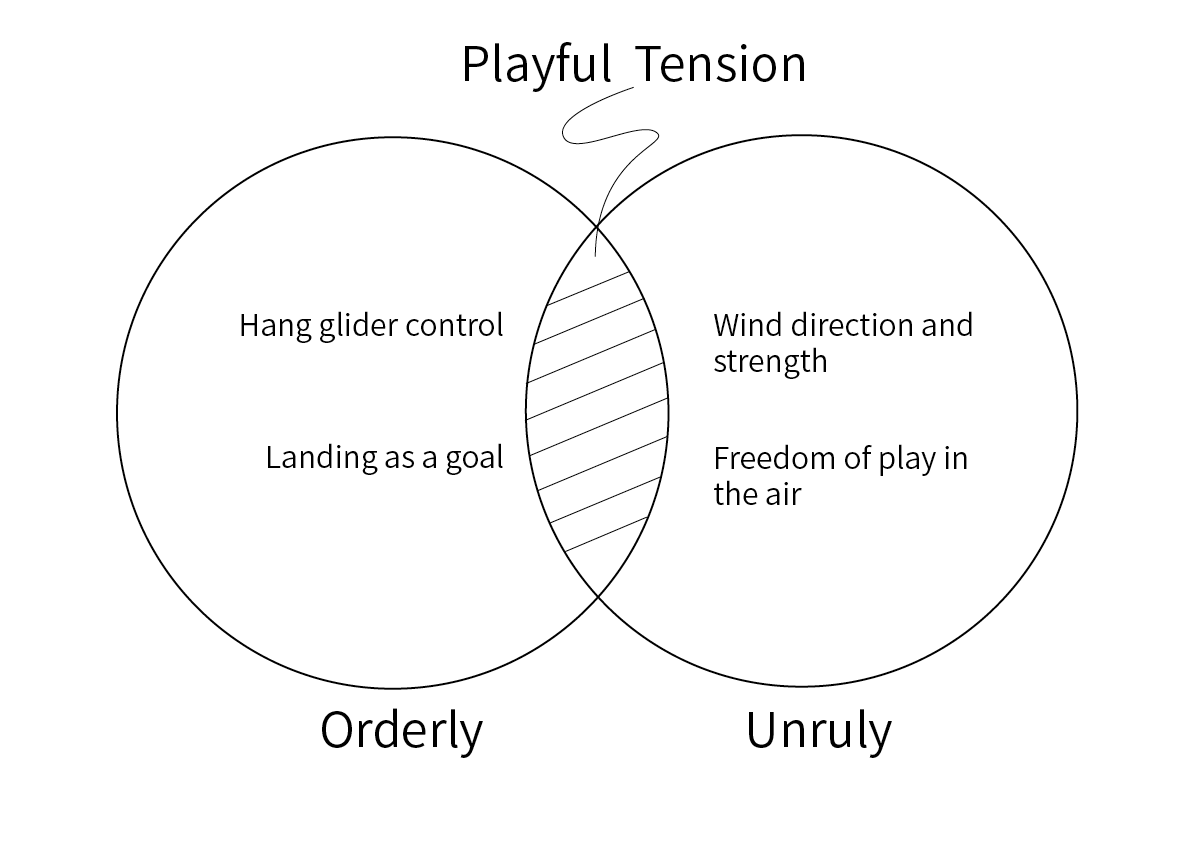 The orderly and unruly of ride with wind play experience
The orderly and unruly of ride with wind play experiencePlayful tension is a theoretical concept of play design, developed by Jess Uhre Rahbek, that bridges the gap between play theory and play design practice. To assist the player in achieving playful tension, the play needs to bring the orderly and the unruly together.
Hang Glider Design
It is impossible to develop the whole play experience within the time frame. So I focused on developing a hang glider because the flying is the key part of the experience.
1st Iteration
3rd Iteration
6th Iteration
 Added propeller for longer flying experience, Improved frame material for robustness, Duplo brick container for electronics, More colour combinations
Added propeller for longer flying experience, Improved frame material for robustness, Duplo brick container for electronics, More colour combinationsTestings with hang glider
I tested various times both indoor and outdoor.
Demo and Feedback
With Lego designers
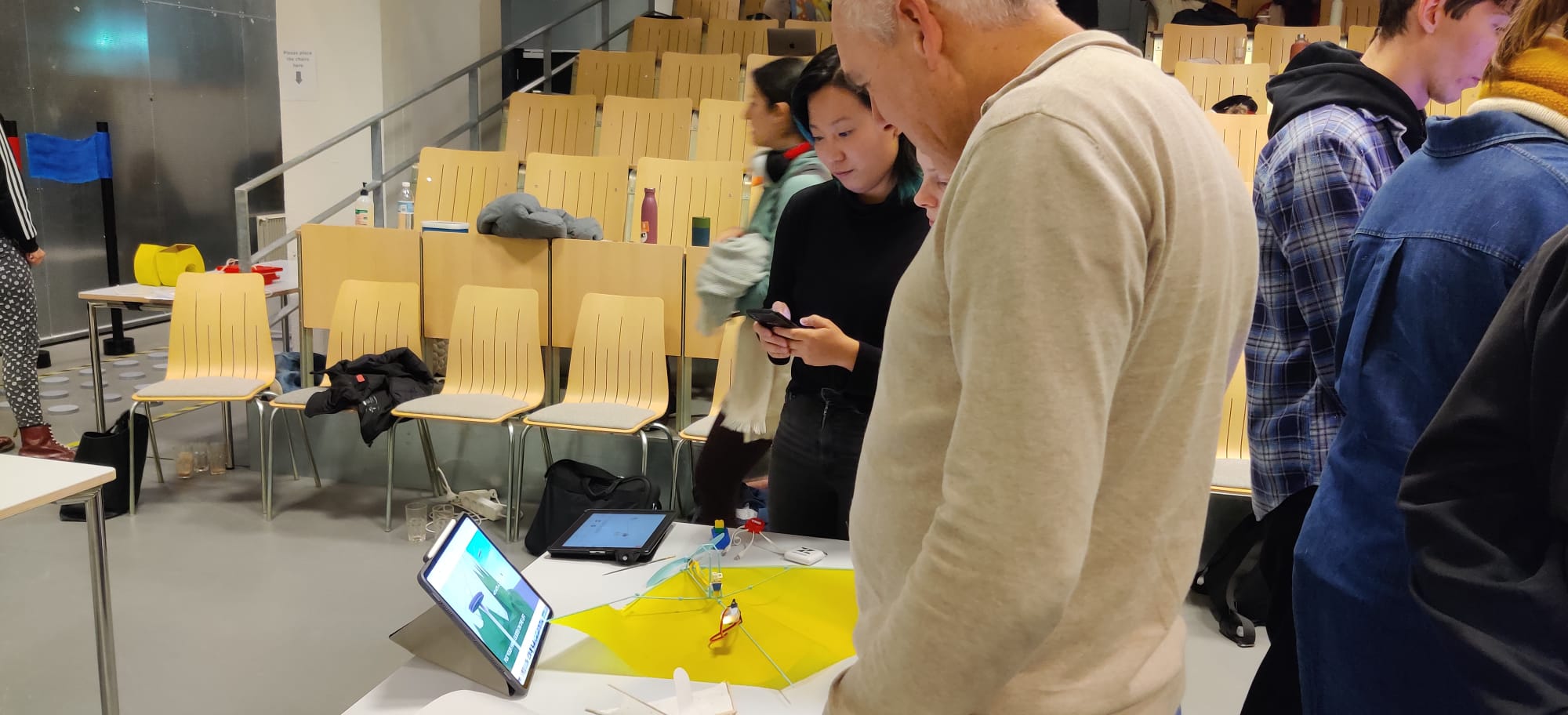
At the end of the project, I presented my prototype to 10 designers from Lego House and Lego Foundation and received feedbacks from different perspectives, like business feasibility, local legislation, design process, space management and etc.
References:
Rahbek, J. U. (2020). Designing for Playful Tension. In H. M. Skovbjerg, & S. K. Gudiksen (Eds.), Framing Play Design: A Hands-on Guide for Designers, Learners & Innovators (pp. 63). BIS-Verlag.
The Lego Foundation. (2020, August 20). Learning Through Play Experience Tool: Zooming in on the five characteristics of Learning through Play. Learning Through Play. https://learningthroughplay.com/learning-through-play-experience-tool